
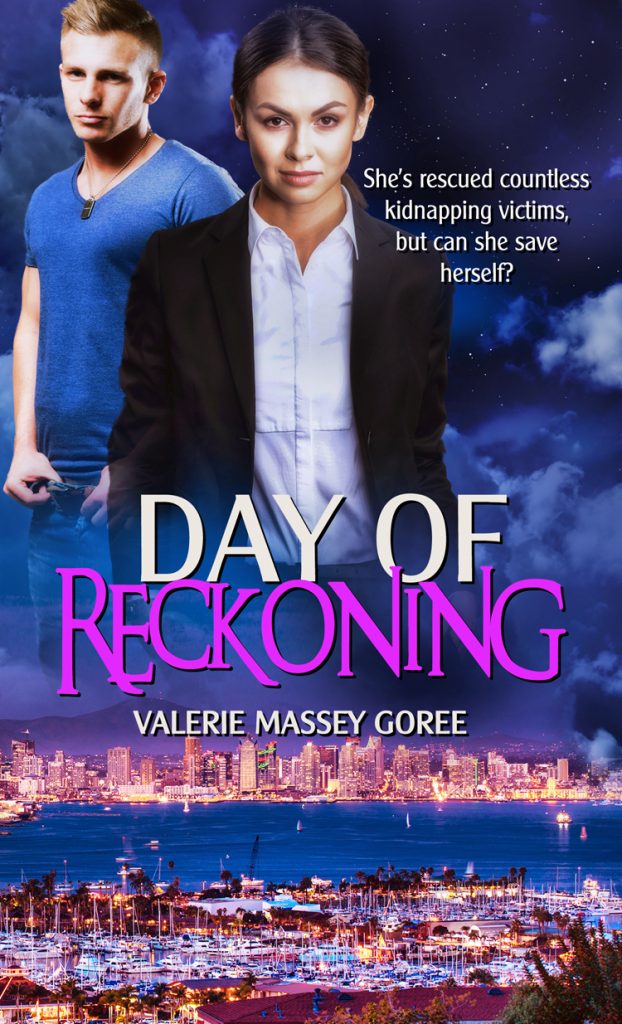
My Guest today is Valerie Massey Goree with a great pep talk. Learn more about her new book, Day of Reckoning, at the end of her post. Here’s Valerie.
The famous playwright and novelist W. Somerset Maugham once said, “There are three rules for writing a novel. Unfortunately, no one knows what they are.”

As fledgling novelists can attest, there are dozens of rules that published authors and helpful friends love to share. Lists of dos and don’ts abound, some rules even contradict each other.
This conundrum reminds me of Pam, a friend who adopted twin girls. For the first few weeks, ladies from church provided extra pairs of hands—and advice. One day, Pam prepared two bottles of formula and handed one to each of the visiting helpers who cradled the babies. The women grasped the bottles, and at exactly the same time, one exclaimed, “This bottle’s too hot.” And the other said, “This bottle’s too cold.”
Pam threw up her hands and ran from the room screaming, “I’m a failure. I can’t do this.”
That’s how I felt when I began this writing journey. I devoured craft books and read blogs and attended conferences, and discovered that Famous Author A’s list of rules for writing the next bestseller didn’t jive with Famous Author B’s list. And Authors C and D weren’t even on the same wavelength.
So whose list should I follow?

To add to my confusion, I’d read novels by multi-published authors, and discovered they broke every rule! Don’t begin with an account of the weather. She did. Don’t have long passages of description. His depiction covered the page. No info dump. She provided two pages of backstory.
No fair. If I wrote that way, my critique partners would—and did—call me out. Picture me, hands up, running from the room, yelling, “I can’t do this.”
But I didn’t give up, and neither should you. If you want to learn to play tennis, you can read how-to books, watch players all day, but until you step onto the court, racquet in hand, you’ll never learn to play. The same with writing a novel. You have to practice. And practice some more.
You can do this. You can write the novel that’s burning in your heart, that God is prompting you to forge. Sure, you have to follow the basics of good writing. Spelling, grammar, sentence structure. Character development, plot design. But the most important thing to remember is the story. Forget the dos and don’t, well, maybe not all of them. Write your best story. Include interesting characters, a compelling plot, but write. Write. Write.
What has helped you beat discouragement in your writing journey?

International Retrieval Organization Agent Lela Ortiz is assigned the kidnapping case of businessman, Chuck Davenport. When her boss allows Jay Vashon, Chuck’s brother-in-law to assist, Lela accepts the help with reservations, especially when Jay prays at the most inopportune times.
Jay would do anything to help bring Chuck home, even work with feisty Agent Ortiz. As Jay and Lela decipher clues Chuck sends to his son with special needs, they are forced to work in close proximity.
Can Jay break through the barrier Lela has constructed around her heart? Will Lela be able to overcome her distrust of men and God?
And Chuck? Can the pair locate him before the ransom deadline?
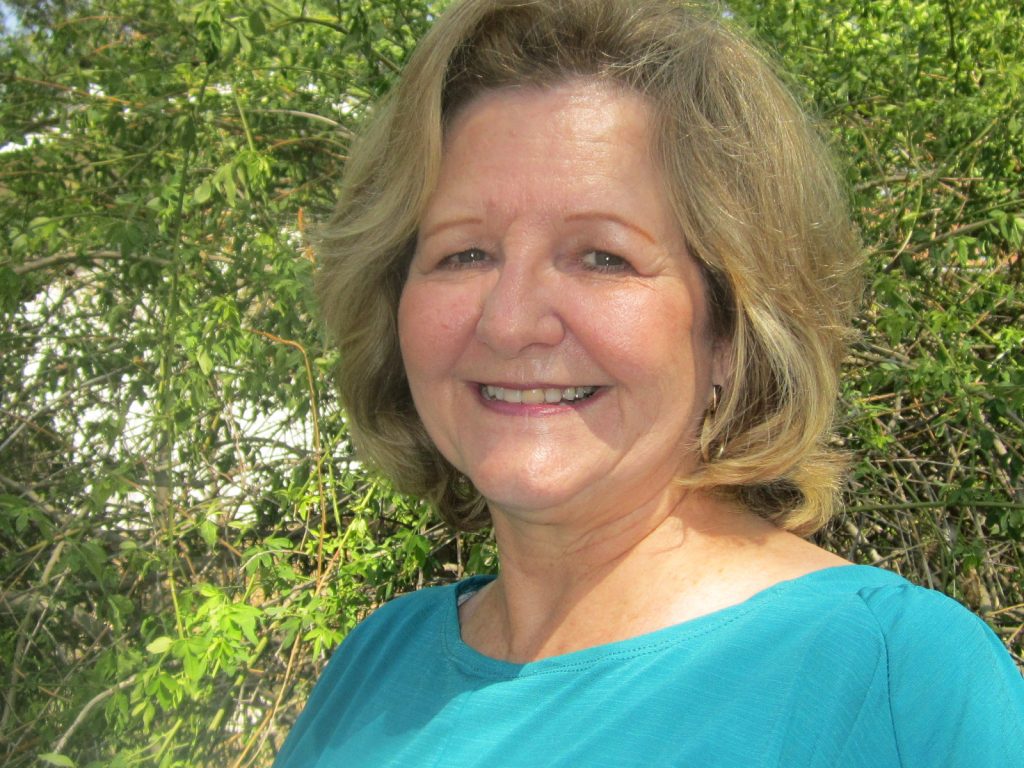
American Christian Fiction Writers Genesis Award winner Valerie Massey Goree resides with her husband on the beautiful Olympic Peninsula of Washington State.
After serving as missionaries in her home country of Zimbabwe and raising two children, Glenn and Valerie moved to Texas. She worked in the public school system for many years, focusing on students with special needs. Now retired, Valerie spends her time writing, and spoiling her grandchildren.
Other novels include: Deceive Me Once; Colors of Deceit; Weep in the Night. Day of Reckoning, sequel to Weep in the Night, will be released August 30, 2019.
Check Valerie’s website to learn more about her books: www.valeriegoreeauthor.com
Valerie loves to hear from her readers.



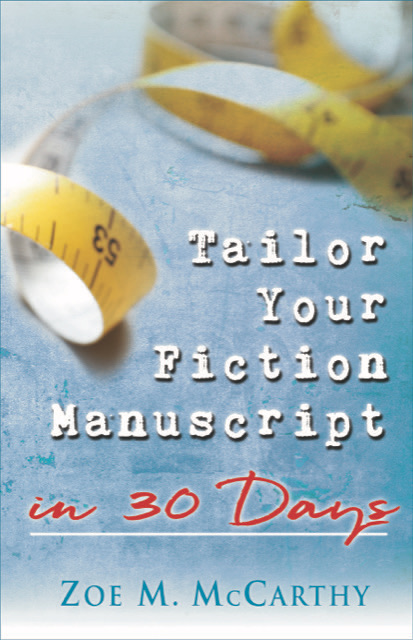


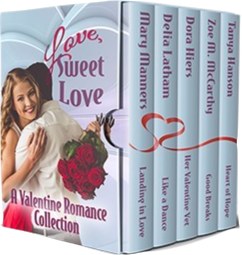


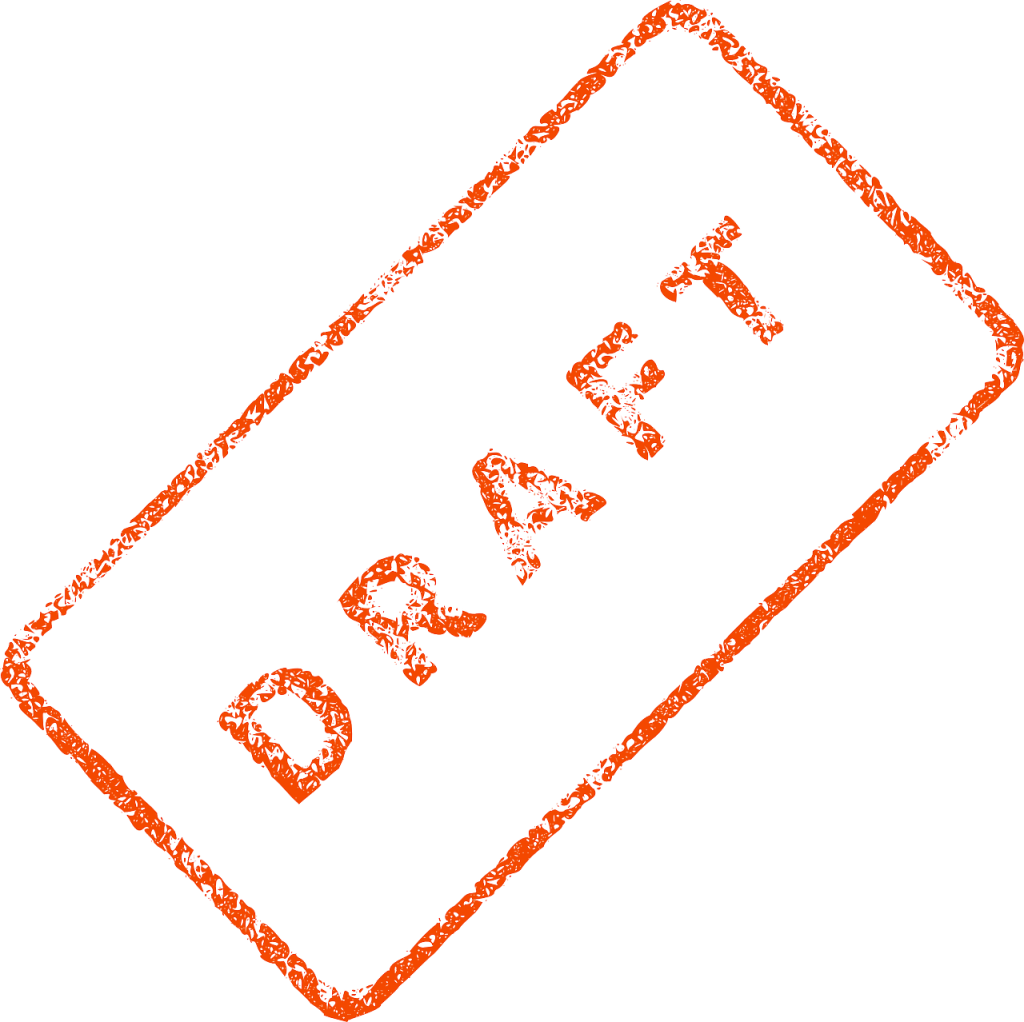

 RSS - Posts
RSS - Posts